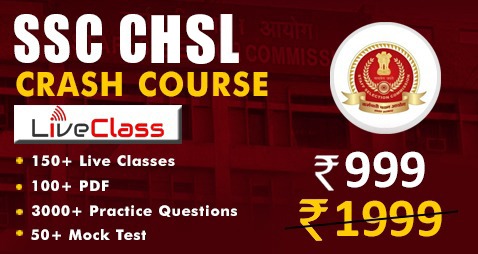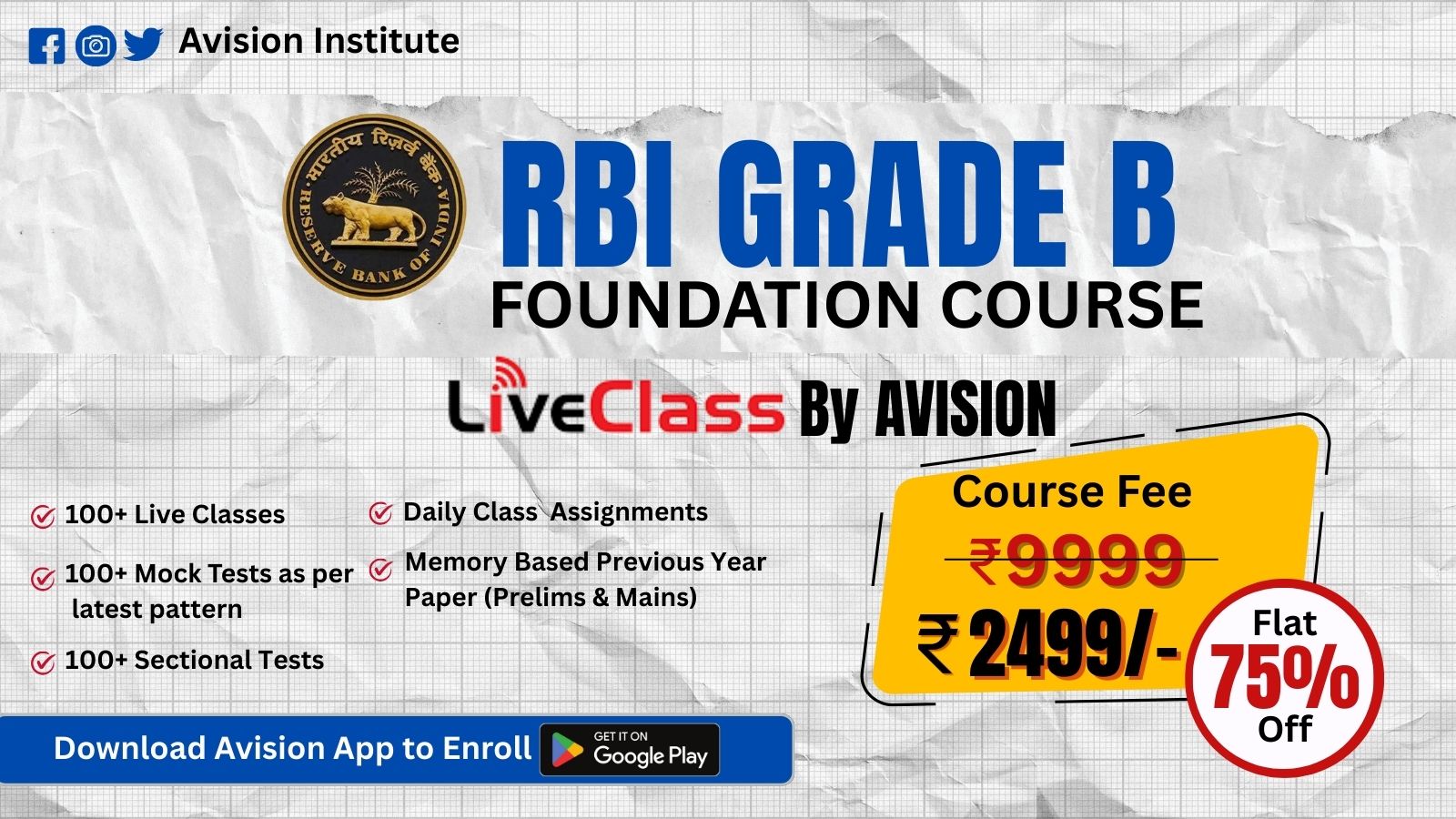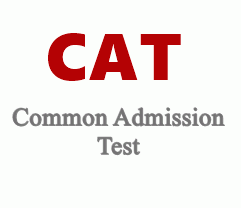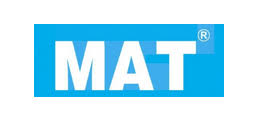IBPS PO Syllabus 2025
It is already known that the IBPS PO exam is one of the most competitive exams because the job of an IBPS PO is one of the top favorites’ among Indian graduates. But most of the aspirants who are opting to prepare for IBPS PO exam, they are not very well aware of the syllabus structure. So it is important for them to go through the chapters and topics from where questions are asked in IBPS PO exam.
The detailed syllabus for IBPS PO will help them to understand the marks distribution and weightage of various topics in the exam.
After knowing the syllabus, the students can understand the type of questions asked in the exam. In this way the aspirants can prepare for their exams in an effective manner.
IBPS PO Exam Pattern 2025
Institute of Banking declared the official notification for IBPS PO exam pattern. Except for the fact that there is sectional timing for each section for IBPS PO exam, the rest of it is the same. The exam pattern is different for both the prelim and mains exam. Next we are going to discuss the topics important for the exam; the marks allotted to the sections so that aspirants can understand the weightage which each topic carries and plan their preparation for the same accordingly.
IBPS PO Prelims Exam Pattern 2025
In 2019 there was sectional segmentation of timing in the prelims exam and there is no change in that. This is simply a qualifying exam because the marks are not counted in the process of Final Selection.
|
Name of test |
Number of Questions |
Maximum Marks |
Duration |
|
English Language |
30 |
30 |
20 Minutes |
|
Quantitative Aptitude |
35 |
35 |
20 Minutes |
|
Reasoning Ability |
35 |
35 |
20 Minutes |
|
Total |
100 |
100 |
60 Minutes |
IBPS PO Mains Exam Pattern 2025
There are four subjects in the Mains exam.
The exam pattern is given below:
|
S. No. |
Name of Test (Not by Sequence) |
Number of Questions |
Maximum Marks |
Time allotted for each section |
|
1. | Reasoning Ability & Computer Aptitude |
45 |
60 |
60 minutes |
|
2. | English Language |
35 |
40 |
40 minutes |
|
3. | Data Interpretation & Analysis |
35 |
60 |
45 minutes |
|
4. |
General/ Economy/ Banking Awareness |
40 |
40 |
35 minutes |
|
|
Total |
155 |
200 |
3 hours |
|
|
Descriptive Test (English Language): Letter & Essay Writing) |
2 |
25 |
30 minutes |
IBPS PO Quantitative Aptitude Syllabus
This is an important topic in the IBPS PO syllabus for both the prelims and mains. Both the exams follow the same number of questions from this section, hence now we present the pattern for the Mains exam.
1. Number Series
|
Topic Description |
Expected number of Questions |
|
· The important sections to pay attention to are double step variation, arithmetic (difference/ multiplication/ division) based, square/ cube/ square root/ cube root based, mixed arithmetic operations based etc |
· There can be 5 questions from this part in the Prelims exam. · Lesser chances of questions in the Main phase from this part · There can be different kind of question asked in the SBI PO examination |
2. Simplification / Approximation
|
Topic Description |
Expected number of Questions |
|
· This level is moderate in importance. · There will be questions based on basic BODMAS rules, percentages etc. |
· 5 questions were asked from this topic in the Prelims exam · Questions from this portion is less probable in the Main phase |
3.Quadratic Equation
|
Topic Description |
Expected number of Questions |
|
· Questions asked from this portion are moderate · These are mostly from factorization and less of formula-based |
· 5 questions from this portion were given in the prelims exam · No chances to be asked in the Main exam. |
4. Data Interpretation
|
Topic Description |
Expected number of Questions |
|
· There are topics like - Line graph, Bar graph, Pie Chart, Radar Chart, Mixed charts, Tabular charts, Caselet charts, and Missing DI from where questions are given · The level of questions for the Mains is difficult. They are often combined with arithmetic problems · The Prelim questions are comparatively easy and are of calculative type · Questions on new types of charts might be asked in the mains as they have been introduced in SBI PO. |
· 2-3 sets, i.e. 10-15 questions of DI questions were asked in the Prelims phase · 4-5 sets of DI questions can be expected in 2025 which will be difficult and calculative |
5. Arithmetic Problems
|
Topic Description |
Expected number of Questions |
|
· There are topics like- Ratio & Proportion, Averages, Age-based problems, Percentages, Profit Loss, & Discount, Mixture & Alligation, Simple & Compound Interest, Time Work & Wages, Speed,Time & Distance, Boats & Streams, Probablity, etc. · There will be moderate questions of calculative type · The questions can be asked in the form of Caselets or Data Interpretation |
· There were 10 -15 questions asked from this topics in the prelims phase · Less probable to be asked in the Mains individually but might be asked in combination with DI sets in this exam |
6. Data Sufficiency
|
Topic Description |
Expected number of Questions |
|
· 3 statement based Data Sufficiency questions are expected · This topic will be asked in both the Prelims or Main exam |
· 5 questions are probable in the Main exam |
7. Quantity based Questions
|
Topic Description |
Expected number of Questions |
|
· Quantity based questions are asked · The nature of the questions are calculative and asked in either/both in Prelims or/and the Main phase of the exam. |
· 5 questions are probable from this topic in the Prelims or Main exam |
IBPS PO Syllabus for Reasoning Ability & Computer Aptitude
Reasoning is an important topic in the IBPS PO syllabus. The following topics are covered under reasoning
1. Seating Arrangement and Puzzles
|
Topic Description |
Expected number of Questions |
|
● Questions are asked from Seating arrangements (Linear, Square, or circular) or Puzzles (Scheduling, Floor-based, etc) ● There can be 1-2 variable based questions in the Prelims exam ● Questions in the Main exam are expected to be more complicated with multiple parameters |
● 3 sets (15 questions) of this type are expected in the Prelims phase ● The number of questions may go up to 4-5 sets in the Main exam |
2. Inequality
|
Topic Description |
Expected number of Questions |
|
● There may be direct or coded questions from this topic. ● The level of questions will be Easy to Moderate |
● 5 questions were asked from this topic in the Preliminary exam ● This topic is less expected in the Main exam |
|
Topic Description |
Expected number of Questions |
|
● The pattern of Syllogism questions has changed over the years. Questions are now asked from topics like Reverse Syllogism, new cases like few, only a few, etc. ● A few questions from the direct syllogism can be expected in the prelims and main exam. |
● There can be about 4-5 direct questions in the prelims exam ● Questions from Reverse Syllogism or new patterns can be asked in the Main phase |
|
Topic Description |
Expected number of Questions |
|
● The pattern of Coding-Decoding has changed. ● Questions from this portion are based on word coding, sentence coding, or the new pattern-based coding questions. |
● There were 3-4 questions from word/ sentence coding asked in the Prelims exam. ● New pattern-based coding questions are more probable to be asked in the Mains. |
|
Topic Description |
Expected number of Questions |
|
● There are topics like - Blood Relations, Direction sense, Order & Ranking, Alphanumeric Series, etc. ● The level of the questions would be moderate. |
● There were 8-10 questions asked from this portion in the Prelims exam. ● In the main phase there might be a lesser number of questions from this portion but with a higher level in the Main phase. |
|
Topic Description |
Expected number of Questions |
|
● Questions may be based on single or double shifting. ● You can also expect questions in combination with arithmetic operations in this topic. |
● 5 Questions are expected from this topic in the Main exam. ● Questions from this topic are not expected to be asked in the Preliminary exam. |
|
Topic Description |
Expected number of Questions |
|
● Questions can be asked based on 2 or 3 statements. ● The difficulty level of the questions would be moderate. |
● There can be 5-7 questions from this topic in the Main exam. ● Data Sufficiency questions are also asked in the prelims exam. |
|
Topic Description |
Expected number of Questions |
|
● The topics from this section are like- Statement and conclusion/ argument/ course of action, Cause and Effect, theme-based, etc. |
● Approximately 10 questions from this topic in the Main exam can be expected. ● Logical reasoning questions are not expected in the Prelims phase. |
|
Topic Description |
Expected number of Questions |
|
● Questions from this section may be conversion or flowchart-based. ● The level of these questions would be moderate. |
● About 5 questions from this topic can be expected in the Main exam. ● Questions from Computer Aptitude are not expected to be asked in the Prelims phase. |
IBPS PO English Language Syllabus
English is an important portion of the IBPS PO syllabus and it covers the following subtopics:
1. Reading Comprehension
|
Topic Description |
Expected number of Questions |
|
● Passages related to economy and other types are given to solve Comprehension. Synonyms/ Antonyms under RC are not expected in the Main phase. ● Students are advised to read newspapers like Economic Times/ The Hindu/ The Indian Express for this. |
● There are 7-10 questions in 1 set of RCs that can be asked in the Prelims exam. ● 2 RC sets are expected to be asked with a total of approximately 12-18 questions in the Mains. |
|
Topic Description |
Expected number of Questions |
|
● The questions from the Cloze test will be based on the old or new pattern. ● The level of these questions is expected to be moderate. |
● Around 5-10 questions are expected on this topic in the Prelims exam. ● Questions from the new pattern cloze test can be asked in the Main phase. |
|
Topic Description |
Expected number of Questions |
|
● There have been some major changes over the past year. ● New pattern-based error spotting questions can be expected in both prelims and Main exams. |
● 5-7 questions are expected in the Prelims exam of the new pattern. ● There can be questions based on the new pattern in the Main exam. |
|
Topic Description |
Expected number of Questions |
|
● Questions from para jumbles are expected to be asked based on the old or new pattern. ● The level of these questions will be moderate. |
● Questions are expected to be asked in the Prelims exam. ● New pattern-based questions may be asked in the Mains |
|
Topic Description |
Expected number of Questions |
|
● There are errors in a single or multiple parts of a sentence ● The level of these questions are expected to be moderate to difficult |
● 5 questions are expected from this topic in the prelims exam ● There are questions with errors in multiple parts of the sentence/New pattern which are expected to be asked in the Main phase |
|
Topic Description |
Expected number of Questions |
|
● There can be double or triple fill-ups based questions ● There is another variation of this question where you may be asked to identify one single word that would aptly fill 2 different sentences ● New pattern fill in the blanks can be asked |
● Around 5 questions from this topic may be asked in the Prelims or Main exam |
|
Topic Description |
Expected number of Questions |
|
● Sentence or paragraph completion based questions are expected in the Main phase ● The overall level of these questions is moderate to difficult |
● Around 5 questions from this topic in the Main exam are expected |
|
Topic Description |
Expected number of Questions |
|
● This is a recent topic introduced by SBI ● The level of these questions is moderate to difficult, depending on how well the topic is understood |
● 5 questions are expected to be asked from this topic in the Prelims/Main exam. |
|
Topic Description |
Expected number of Questions |
|
● Many new topics have been introduced in the various bank exams ● Questions from Vocabulary, word usage, grammar usage can be asked in prelims and main examination |
● About 5-10 new pattern Questions are expected in the Prelims or Main exam. |
IBPS PO General Awareness Syllabus
This portion of the IBPS PO syllabus has the following subtopics from where questions are asked:
a. Banking and financial awareness
b. Current Affairs
c. Static General Awareness
IBPS PO Descriptive Test Syllabus
From this portion, students would be asked to write a letter and an essay. Both formal and informal letters need to be practiced. For essays, students need to be well aware of recent topics. They should practice typing for both letter and essay.
Key Takeaways of IBPS PO 2025
1. Marks of the prelims will not be taken into account: the students just need to qualify the exam. Only the marks obtained in Mains will be counted to prepare the final interview list
2. The final merit list is prepared based on both the Mains and interview
3. There is a negative marking of ¼ for each wrong answer in the Prelims and Mains
4. There are sectional and overall cut off in both prelims and mains
IBPS PO Syllabus FAQs
1. What is the IBPS PO Syllabus?
The entire syllabus for IBPS PO prelims and mains has been shared above.
2. Where can I download the IBPS PO syllabus 2025 PDF?
The link of the IBPS PO syllabus pdf has also been shared.
3. How many questions are asked in IBPS PO Prelims Exam?
Total 100 questions are asked in the IBPS PO prelims
4. How many questions are asked in IBPS PO Mains Exam?
Total 155 questions are asked in the IBPS PO mains
5. Is there any Negative Marking in IBPS PO?
Yes there is a negative marking of ¼ in both the prelims and mains exams. For every wrong answer that the student marks, there will be a deduction of ¼ of the total marks.
Important Government Exams

IBPS PO

IBPS CLERK

IBPS SO

IBPS RRB

SBI PO

SBI CLERK
Live Classes









DOWNLOAD THE AVISION APP

1 Month Plan
199 299
Save 33%Buy Prime membership and unlock all test.
12 Month Plan
599 1099
Save 45%Buy Prime membership and unlock all test.
1 Month Plan
199 299
Save 33%Buy Prime membership and unlock all test.
12 Month Plan
599 1099
Save 45%Buy Prime membership and unlock all test.
1 Month Plan
199 299
Save 33%Buy Prime membership and unlock all test.
12 Month Plan
599 1099
Save 45%Buy Prime membership and unlock all test.









































































 Police
Police




















































 CUET & CET
CUET & CET 









 MBA Exams
MBA Exams








